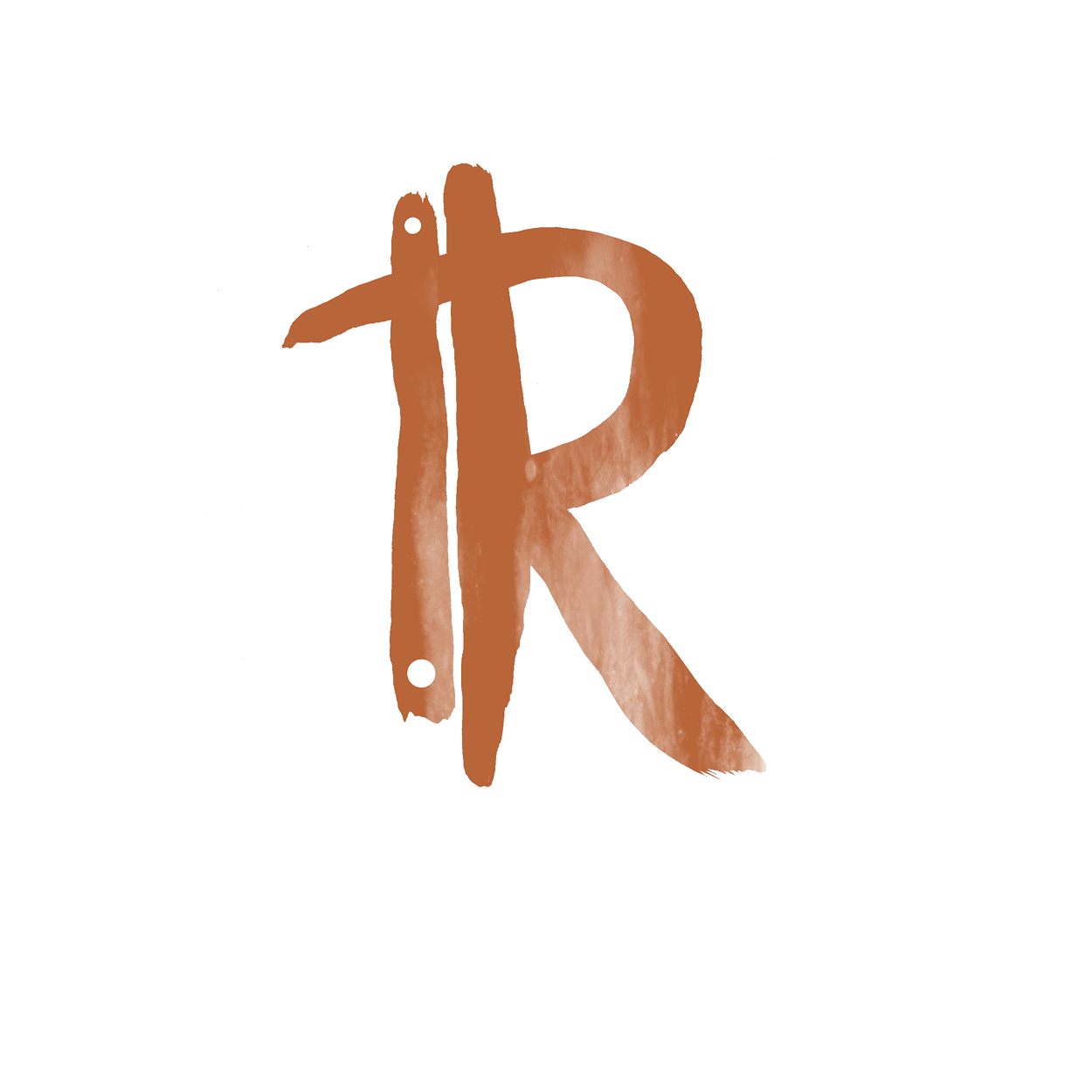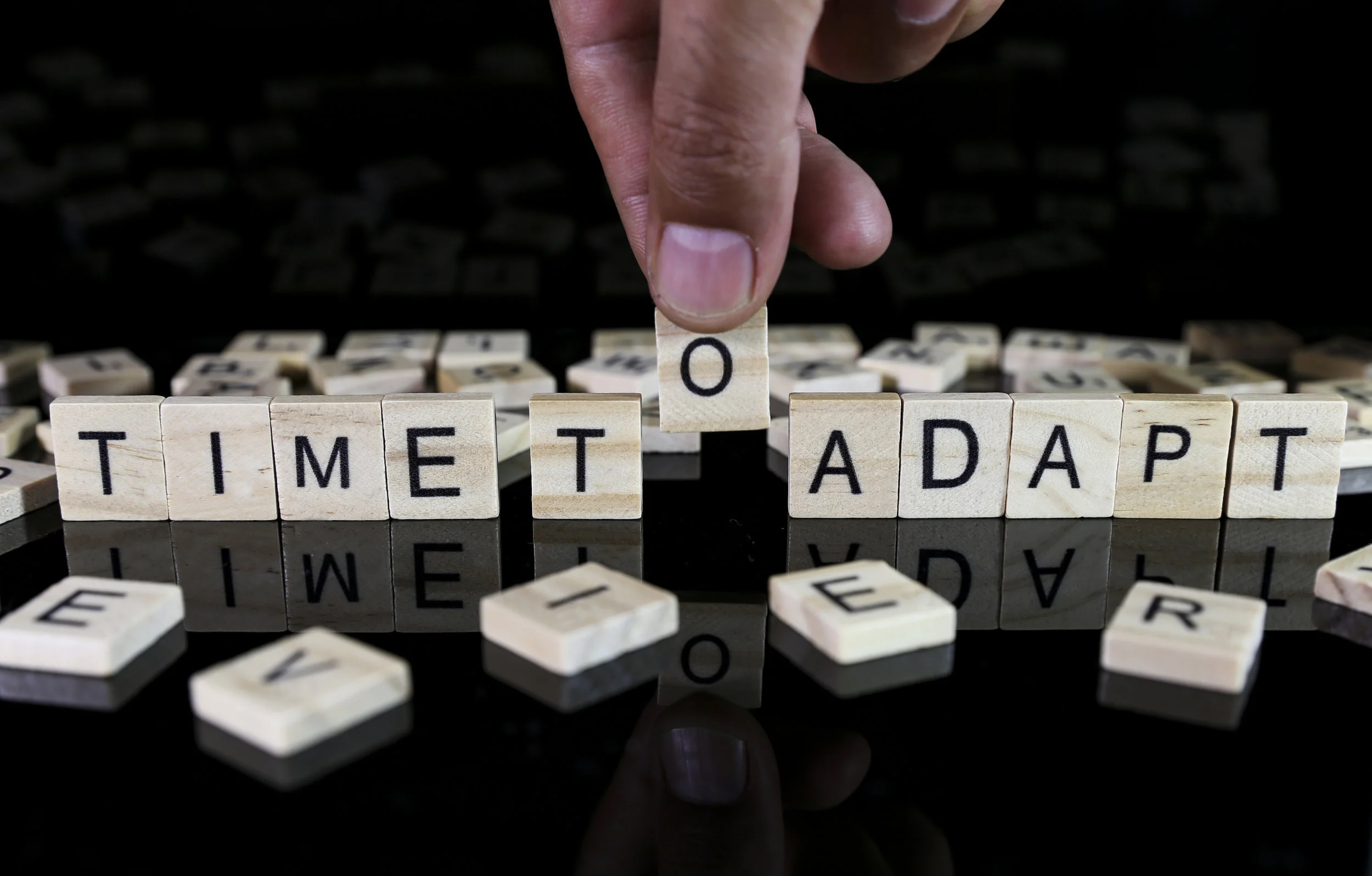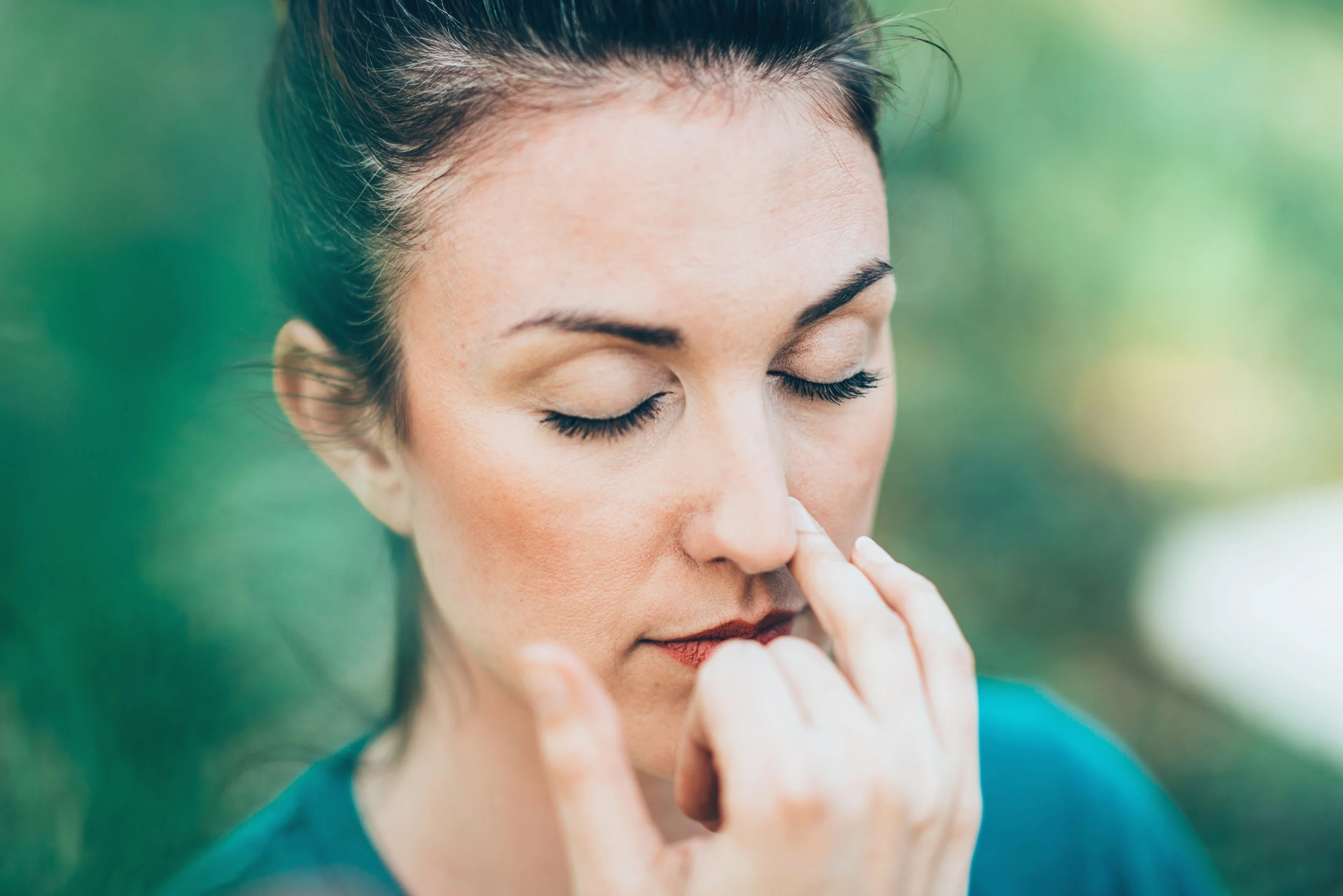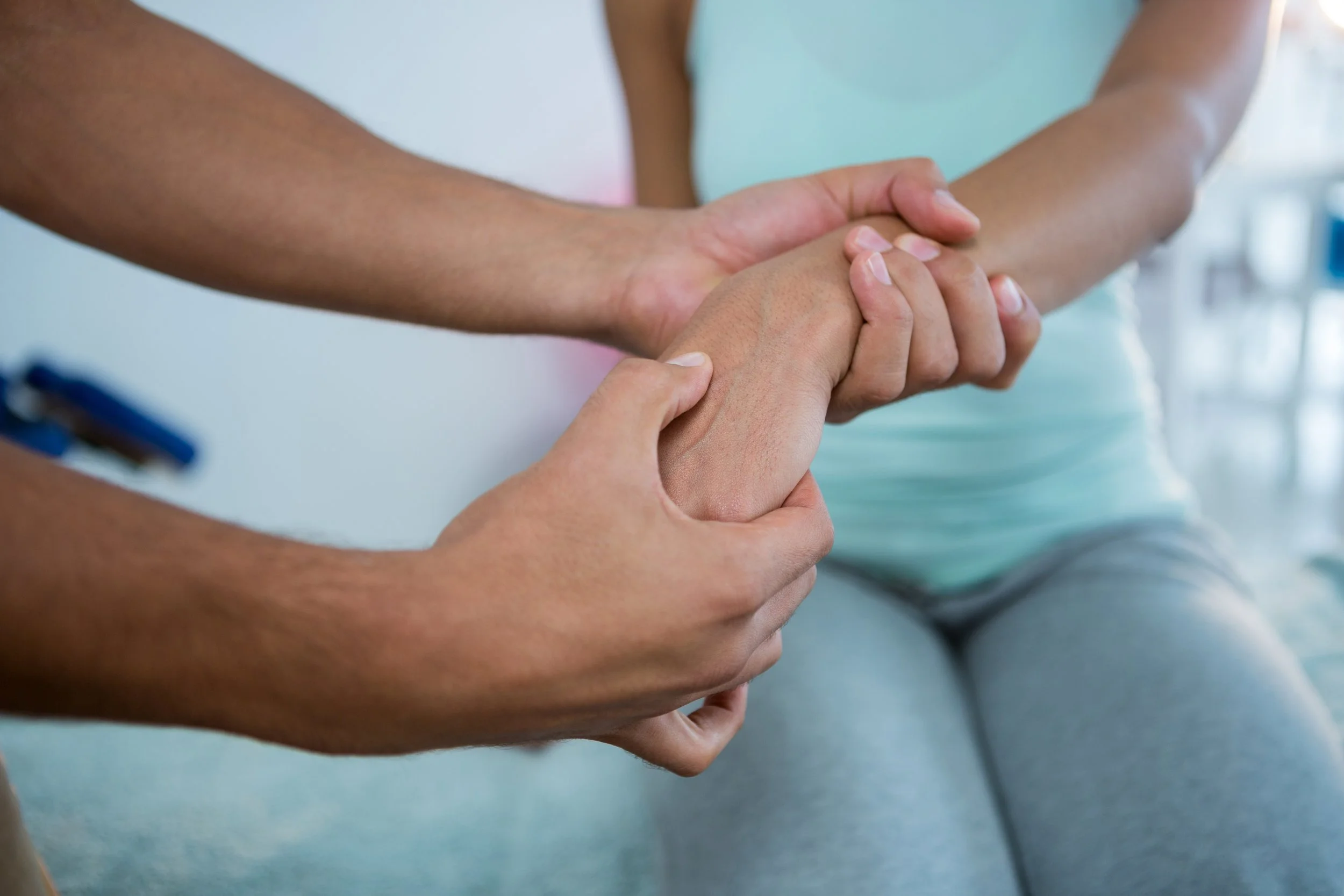Massage Helps Reduce Postpartum Anxiety
/One 20-minute session of seated, slow-stroke back massage resulted in a significant decrease in anxiety among new mothers on their first postpartum day, according to recent research.
Study Overview
The study, “The effect of slow-stroke back massage on the anxiety levels of Iranian women on the first postpartum day,” involved 100 primiparous women, or first-time mothers, with normal deliveries. The women, whose average age was 22, were randomly assigned to either the massage group or the control group.
On the first postpartum day, the mothers in the massage group received 20 minutes of slow-stroke back massage. In the control group, one of the researchers stayed with each new mother in a quiet room for a period of 20 minutes.
Massage Technique Used
The massage protocol took place with the subject seated on the edge of the bed in a quiet room, and the practitioner began with hands on the subject’s shoulders and tiny circular movements of the thumbs on the upper neck. This was followed by long, smooth strokes from the base of the skull down the entire spine with alternating hands. Slow strokes down the sides of the neck, over the collarbone and shoulder blades were the next step in the routine.
Then, the practitioner’s thumbs were placed on both sides of the spine and moved down the entire length of the subject’s back several times from shoulders to waist.
Lastly, the practitioner used the palms of both hands to make long, sweeping, continuous strokes down both sides of the subject’s neck, across both shoulders and down the length of the back near the spine.
The main outcome measure for this study was anxiety, which was assessed immediately before and after the 20-minute massage or control session and again the following morning using the state portion of the State-Trait Anxiety Inventory (STAI). This 20-item questionnaire is “designed to check the status of fear, tension, unrest and anxiety feelings of individuals in the current situation and the moment,” according to the study’s authors.
Effects on Postpartum Anxiety
Results of the research revealed a significant difference in anxiety scores between the massage group and the control group immediately after the massage and also the next morning.
Among the mothers who received slow-stroke back massage, anxiety scores were significantly lower immediately after the massage and the morning after the massage, whereas no such changes were observed among the mothers in the control group.
“The findings demonstrate that slow-stroke back massage is a simple, inexpensive, noninvasive and effective method to reduce the anxiety levels of primiparous women during the first postpartum day,” stated the authors.
This article originally appeared in The Massage Magazine & was written by Fereshteh Jahdi, Maryam Mehrabadi, Forough Mortazavi and Hamid Haghani.











![Self-regulation “control [of oneself] by oneself"](https://images.squarespace-cdn.com/content/v1/55563e14e4b01769086817cb/1542845645966-PO2HGKF5JLUBM45UIWQ3/wee-lee-790761-unsplash.jpg)



















